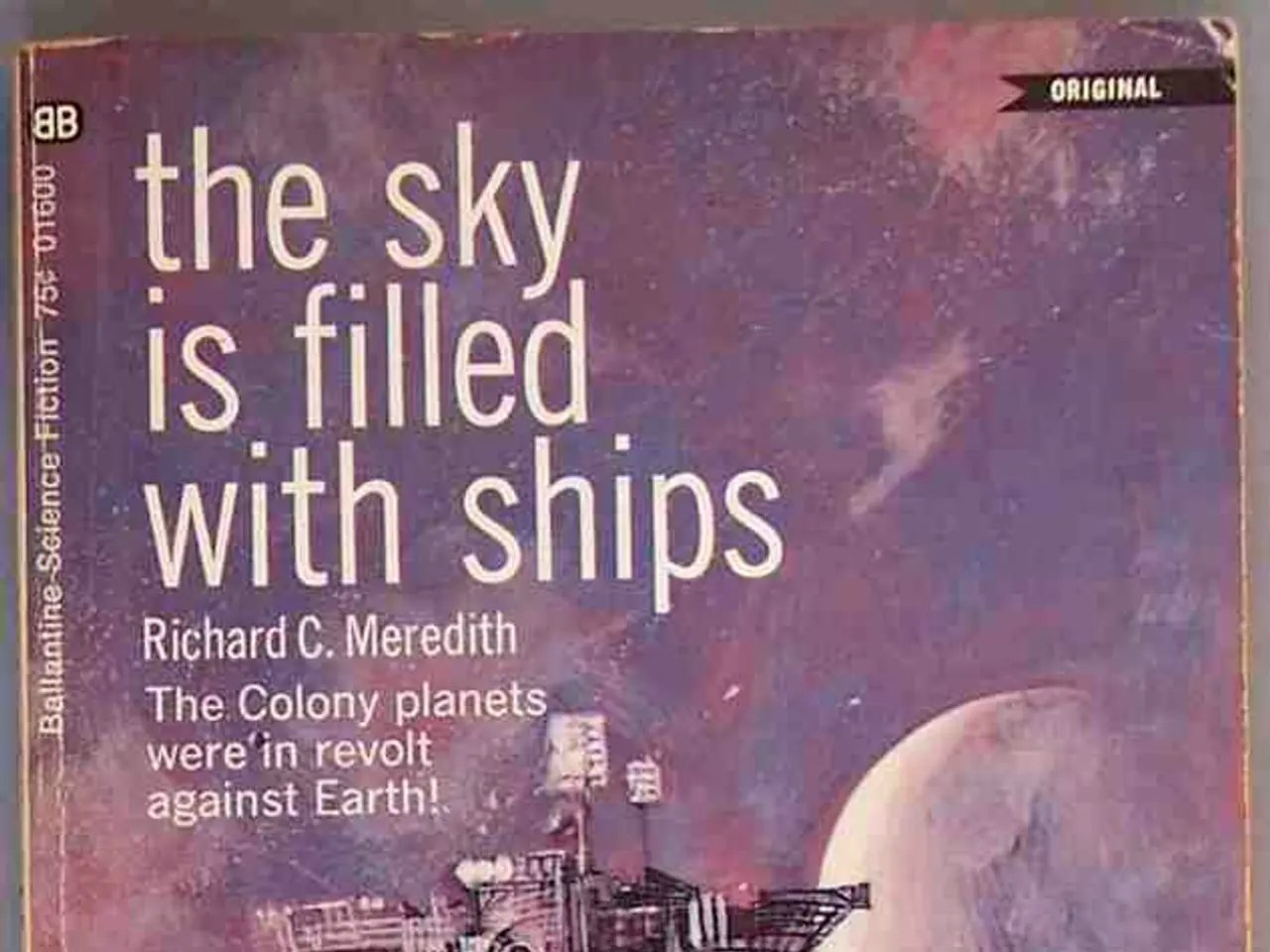Intergalactic Cloud Might Have Triggered an Ice Age on Earth
In a groundbreaking study led by researchers at Boston University, it has been suggested that approximately two million years ago, the Solar System passed through a dense, cold interstellar cloud. This encounter could have had a significant impact on Earth's climate and environment.
The heliosphere, an invisible protective bubble around the solar system created by the Sun's solar winds, was significantly contracted by this dense cloud. This contraction allowed more interstellar material, including large amounts of neutral hydrogen, to reach Earth.
According to the researchers' analyses, a dense cloud at the tip of this structure came into conflict with the heliosphere. The estimated hydrogen density of the cloud (above 1,000 particles per cubic centimeter) could have penetrated Earth's mid-atmosphere, potentially depleting ozone and triggering global cooling.
The timing of this possible encounter matches a cooling period on Earth at that time. The climatic impact is hypothesized to have influenced major environmental shifts, perhaps even contributing to the climate changes associated with human evolution around that time.
The dense cold gas chain, known as a local ribbon system of cold clouds, was tracked by researchers as it swept across the Milky Way. However, the study's details are not provided in the text.
The researchers will now investigate even further back in time to discover other times when the solar system encountered dense interstellar clouds and determine whether they also corresponded to ice ages. They are also planning to conduct more sophisticated atmospheric modeling to quantify precise outcomes.
It is important to note that the potential impact of this cold interstellar cloud on Earth, including whether it could have triggered an ice age, is still uncertain. However, if the solar system briefly lost its heliosphere protection due to the dense cloud, Earth may have experienced an extreme interstellar environment.
This understanding differs from traditional views that attribute climate shifts solely to Earth-bound factors, highlighting a cosmic influence on long-term climate events. An increase in iron-60 and plutonium-244 isotopes found in Antarctic and lunar ice cores, dated to about two million years ago, could be explained by this encounter.
The heliosphere plays a crucial role in the survival of life on Earth by shielding it from harmful cosmic radiation and galactic rays. Therefore, understanding the potential impacts of such encounters is essential for our understanding of Earth's climate history.
References: [1] ABC News, "Solar System may have passed through a dense, cold interstellar cloud," 2021. [2] Science Daily, "Study suggests Solar System encounter with dense interstellar cloud may have influenced Earth's climate," 2021. [5] Nature, "Cosmic influence on Earth's climate history: A new perspective," 2021.
- The contraction of the heliosphere due to a dense interstellar cloud could have allowed harmful cosmic radiation and galactic rays to reach Earth, which might have had implications for health-and-wellness and fitness-and-exercise of early humans.
- In the realm of environmental-science, this groundbreaking study raises questions about the extent to which space-and-astronomy events contribute to climate-change and the consequent environmental shifts on Earth.
- While the exact climatic impact remains uncertain, the possible encounter of Earth with a dense interstellar cloud, as suggested by the research, could provide valuable insights into the complicated relationship between science and the environment.
- As the researchers delve deeper into the past, they aim to explore other instances where the solar system encountered such dense clouds, and evaluate their potential impact on areas as diverse as science, health-and-wellness, fitness-and-exercise, and climate-change.






